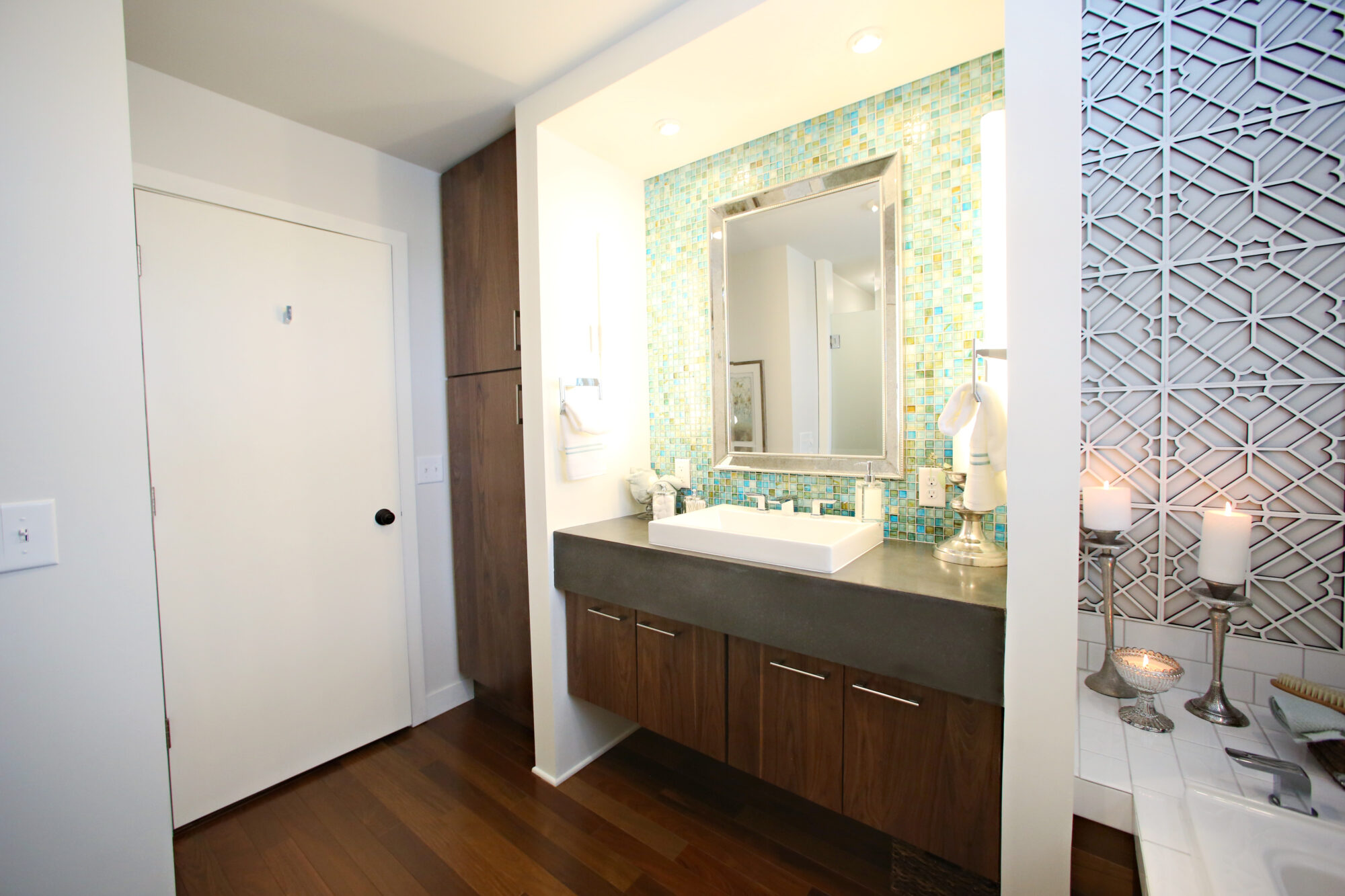The Ipe Brazilian Walnut has a natural durability and a profound beauty. It is a very dense, tropical hardwood highly resistant to rot and insects while carrying a Class A fire rating reserved for concrete and steel. It is no wonder why this species has been used for the boardwalk along the beach of New York City’s Coney Island and has lasted 25 years, which is astounding when considering the sheer amount of traffic and exposure to elements. It is classified as an exotic species from South America with colors ranging from olive green to brown. Due to its oily nature and high density, Ipe Brazilian Walnut is used for flooring, furniture, decking, footbridges, railroad crossties, tool handles, boardwalks, boat docks, and even piers.
Region
Ipe (pronounced ee-pay) is a type of wood previously belonging to the Tabebuia genus. In 2007 this was reclassified as Handroanthus with its cousin the Lapacho also known as Brazilian Walnut. This is a tropical hardwood that grows in the rainforests of South America. Specifically, it thrives in the states of Parana, Santa Catarina, Sao Paulo, and the Rio Grande do Sul. It has also found an environmental home in the countries of Bolivia, Venezuela, Guatemala, and Peru.
Harvesting
The process of harvesting has reduced Brazilian Walnut levels by 0.8% with an inordinately long growth cycle. In addition to this, the tree’s popularity for medicinal treatments further increases the demand. At the current rate, this wood is not on the International Union for Conservation of Nature’s (IUCN) list of threatened species. Its flooring application, if handled legally and responsibly, is sustainable and offers an extremely long product lifespan.
Looking for more info about a specific brand of Ipe Brazilian Walnut? Take a look at Triangulo today!

